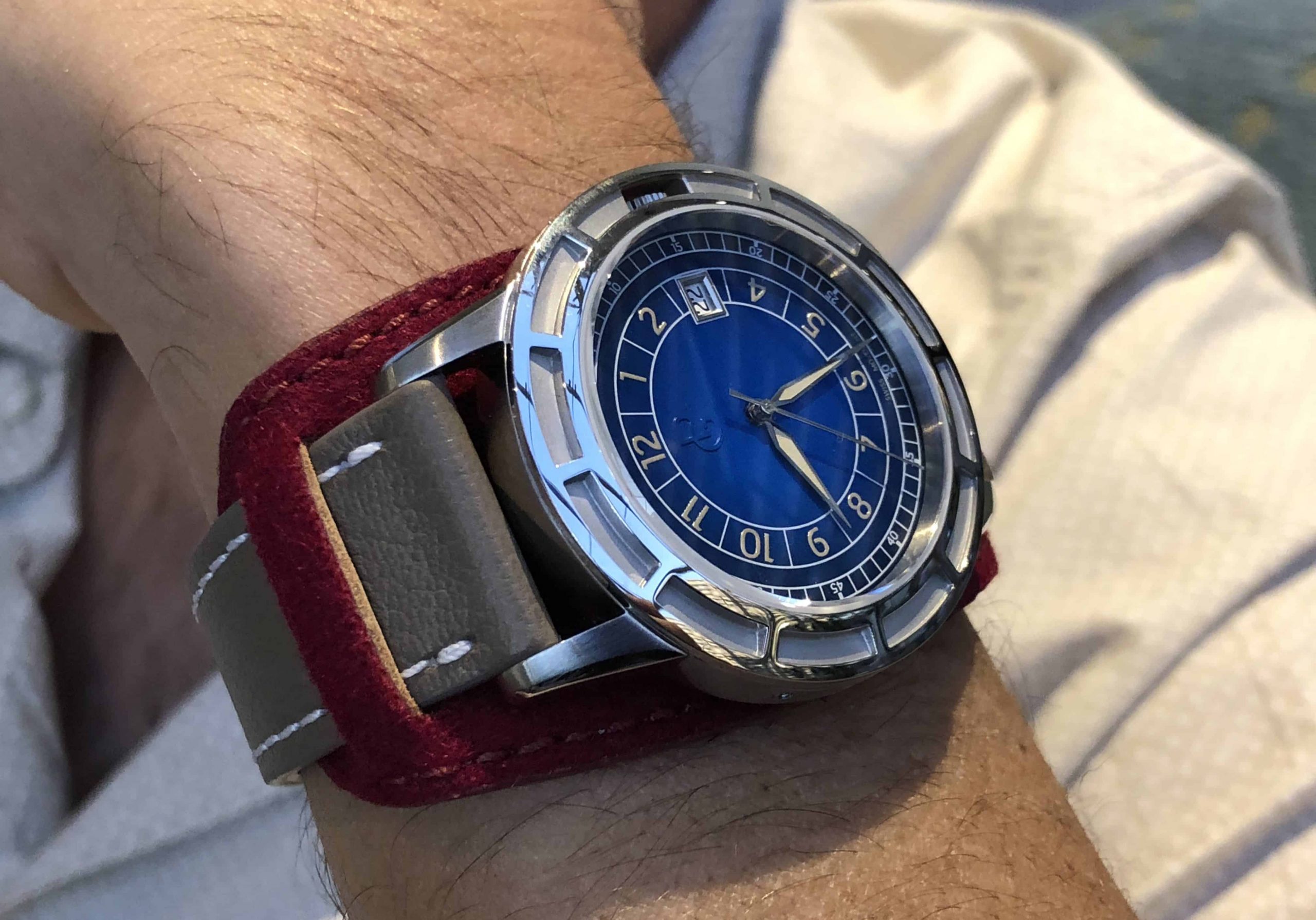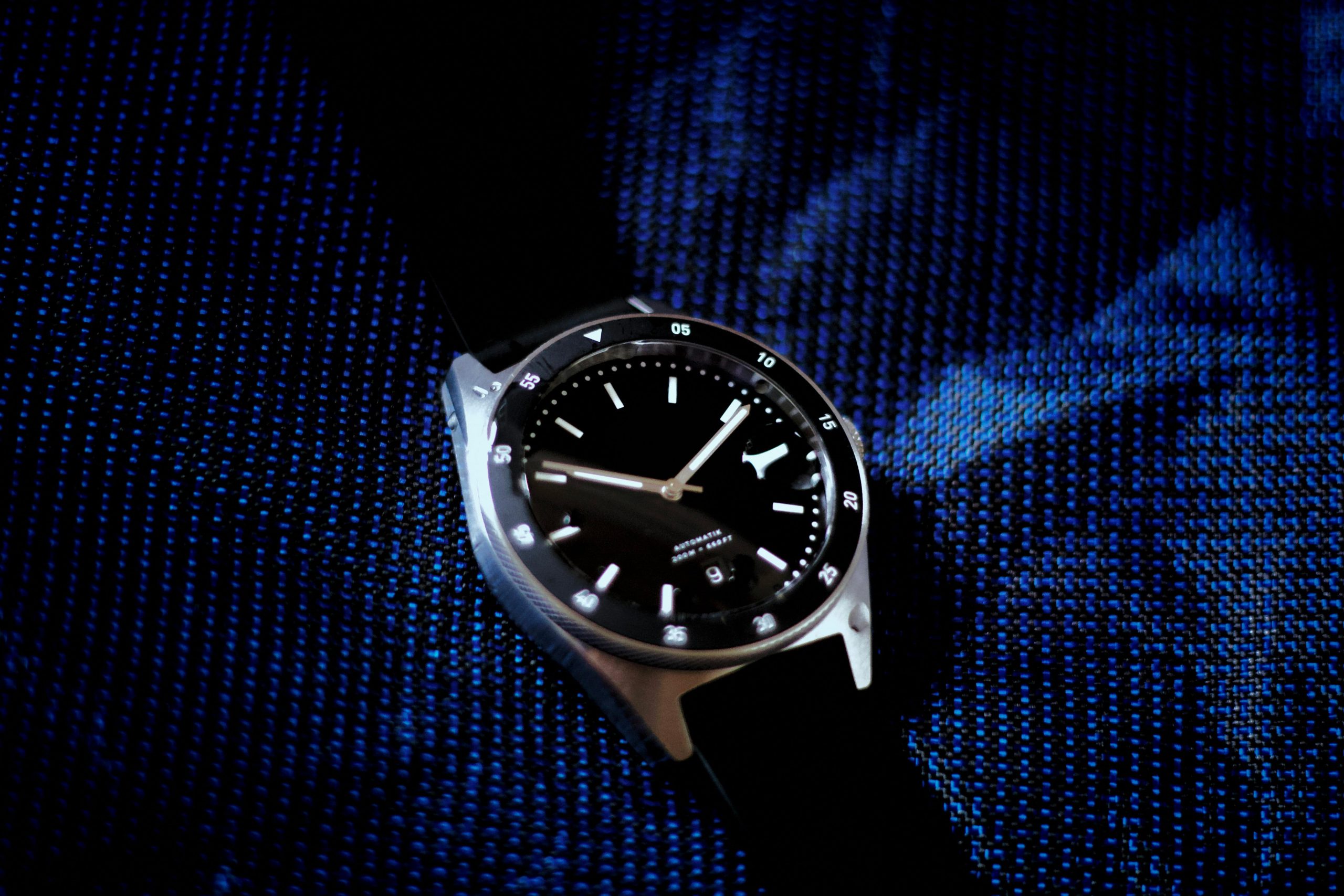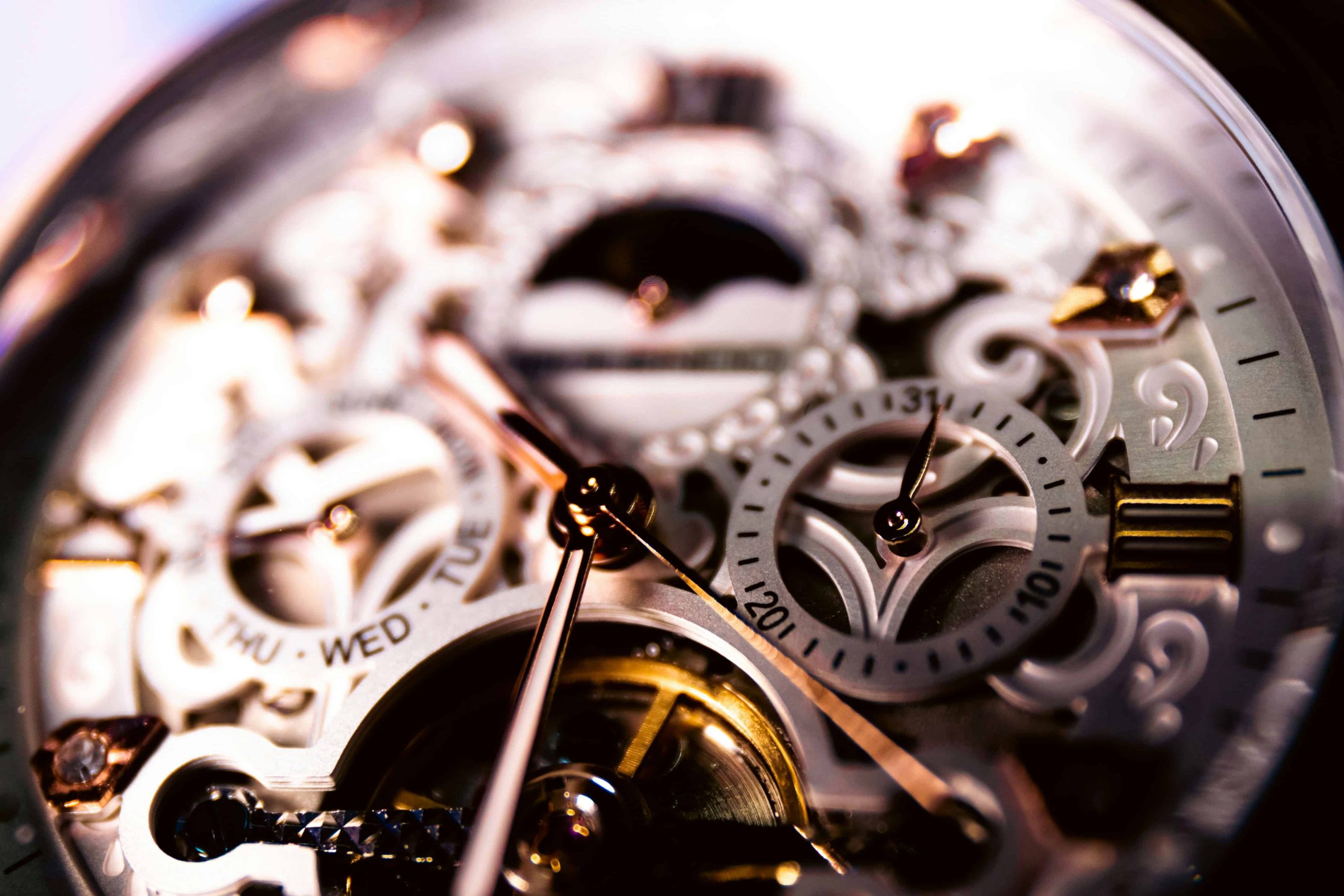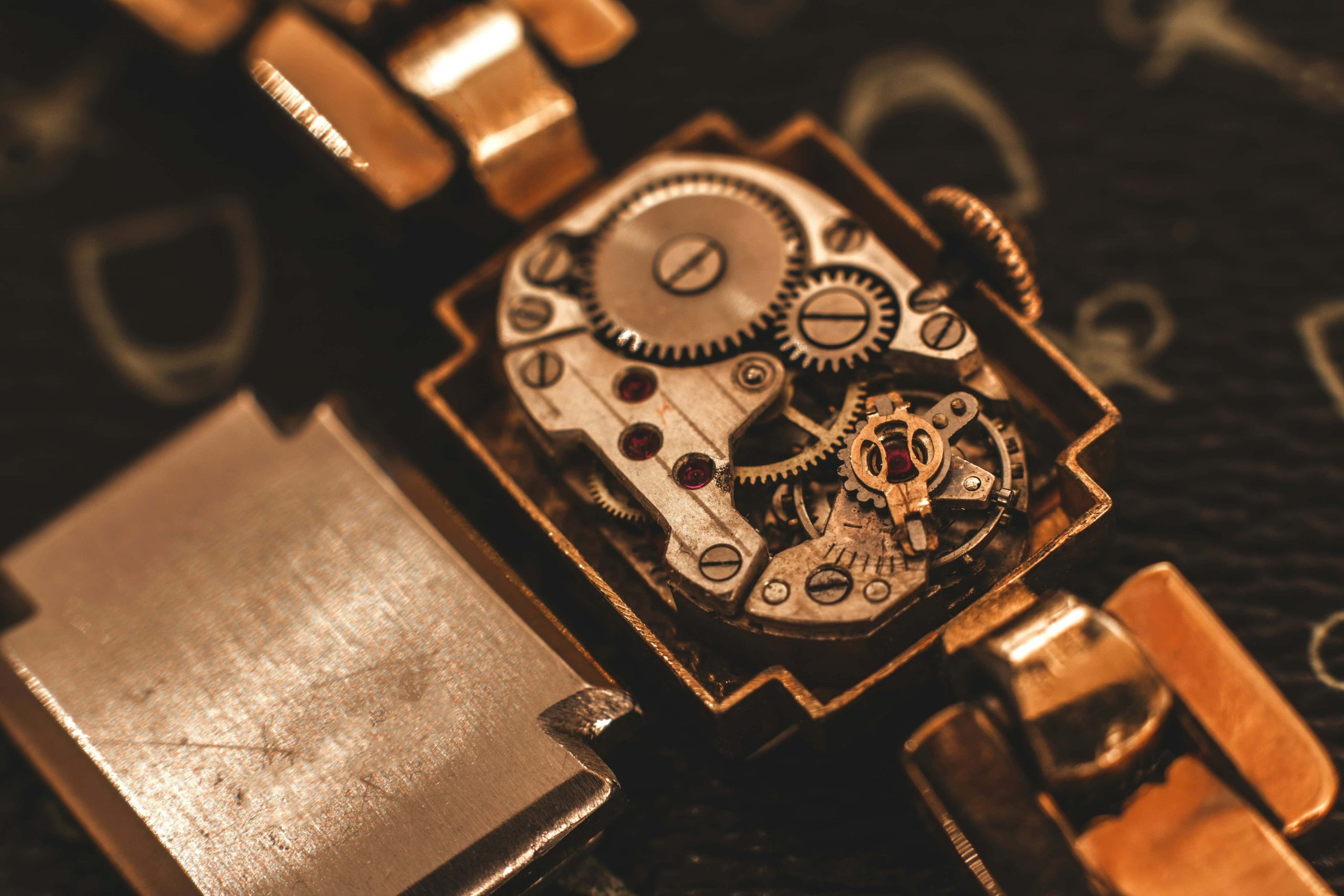
Mastering Timeless Watch Design Through Complications in 2025
In watchmaking, timeless design refers to a style and functionality that remain relevant and admired across generations. These designs often feature classic proportions, restrained elegance, and high-quality craftsmanship. A timeless watch doesn’t rely on trends but instead evokes a sense of enduring beauty and practicality. Its appeal lies in its balance, legibility, and harmony—qualities that resonate with both traditionalists and modern enthusiasts.
In horology, a complication is any feature in a mechanical or automatic watch that goes beyond the simple display of hours and minutes. These complications add functionality and demonstrate the watchmaker’s mechanical mastery. Common complications include date indicators, chronographs, moon phase displays, alarms, and more complex mechanisms like perpetual calendars and tourbillons. Each complication enhances the value and technical complexity of the watch.
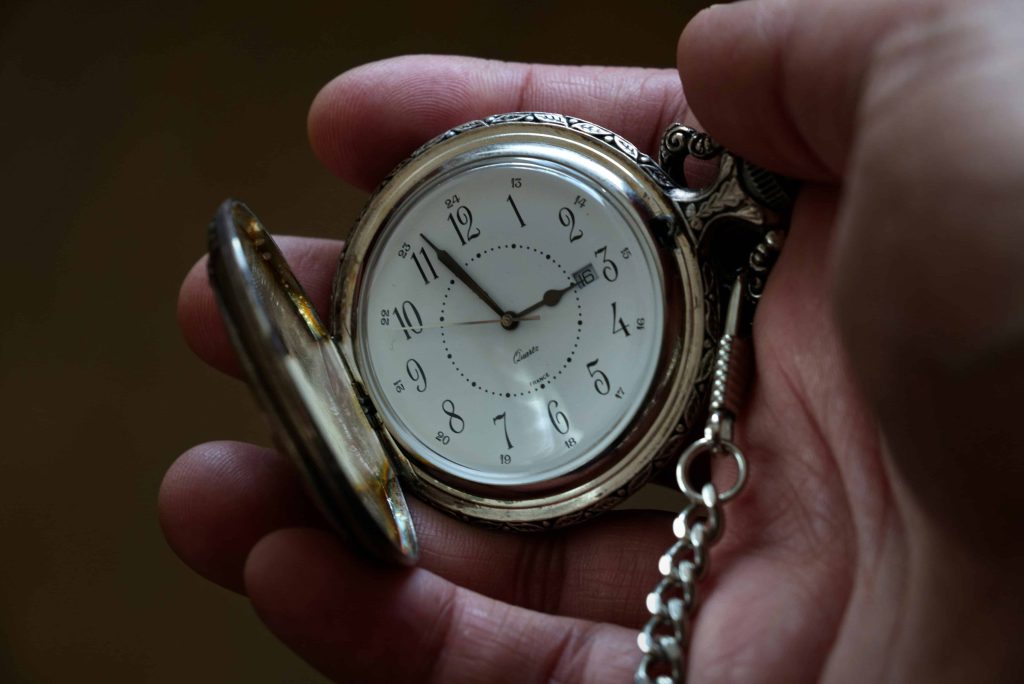
Understanding Watch Complications
What Is a Watch Complication?
A watch complication refers to any additional function on a watch beyond simple timekeeping. These features are built into mechanical movements through intricate arrangements of gears, levers, and springs. While digital and smartwatches also offer additional functions, complications are unique in mechanical watches for their analog, gear-driven nature.
Categories of Complications
Watch complications fall into various recognized categories:
- Calendar functions, such as day-date, annual calendars, and perpetual calendars that adjust automatically for months and leap years.
- Chronographs, which allow measurement of elapsed time through additional hands and pushers.
- Moon phase indicators, which display the lunar cycle.
- Power reserve indicators, showing how much winding energy remains.
- Alarms, though rare in mechanical watches, are used in specific models like the Jaeger-LeCoultre Memovox.
- Tourbillons, originally designed to counteract gravitational effects on pocket watches, are prized today for their craftsmanship rather than accuracy.
Also notable are minute repeaters, complications that chime the time on demand, showcasing exceptional horological artistry.
The Blend of Mechanical Ingenuity and Practical Function
Complications combine utility with mechanical brilliance. While some, like chronographs or calendars, serve practical everyday purposes, others, such as tourbillons or minute repeaters, showcase the pinnacle of watchmaking skill. Each complication is a testament to precision engineering and centuries of horological evolution.
The Inherent Connection: Function, Craftsmanship, and Aesthetics
Complications as a Demonstration of Horological Artistry
Complications require advanced watchmaking techniques. The creation of a perpetual calendar, for instance, involves hundreds of components working in perfect harmony. These complications often serve as hallmarks of luxury watchmaking and are a defining feature of haute horlogerie timepieces.
How Functional Complexity Can Be Visually Simplified
The finest watches present their complexity with elegant clarity. Through intelligent dial layouts, balanced proportions, and strategic design, watchmakers ensure that even the most sophisticated complications are easy to read. Brands like Patek Philippe, A. Lange & Söhne, and Vacheron Constantin excel at this visual refinement.
The Relationship Between a Complication’s Utility and Its Aesthetic Presentation
A complication should serve both a mechanical and visual purpose. A chronograph sub-dial, for example, not only offers functionality but can contribute to a sportier or technical aesthetic. A moon phase adds elegance and a poetic quality. When well-executed, complications enhance rather than disrupt a watch’s design.
How Complications Foster Timelessness
Intrinsic Value and Craftsmanship
The Enduring Appreciation for Mechanical Complexity
Mechanical complications, especially those created by hand, are valued for their precision, rarity, and artistry. They are often assembled, adjusted, and decorated manually, which adds emotional and monetary value. This meticulous attention to detail gives watches an appeal that endures long after purchase.
Resistance to Fleeting Trends
Mechanical complications are not trend-driven. Because they are difficult to manufacture and deeply tied to watchmaking history, they tend to retain their value and appeal regardless of changing design fads. Unlike digital innovations that may become obsolete, a tourbillon or perpetual calendar remains a celebrated achievement in any era.
Practical Utility and Enduring Relevance
Complications That Solve Real Needs
Features like the date, chronograph, and GMT function remain relevant in daily life. They solve genuine problems—tracking appointments, measuring time intervals, or managing time zones—making them enduringly useful.
The Joy of Interaction
Mechanical complications offer a tactile and engaging experience. Adjusting a perpetual calendar or operating a chronograph requires interaction with the watch, connecting the wearer with its mechanical soul—something digital devices can’t replicate.
Historical and Traditional Significance
Heritage Embedded in Complications
Many complications have deep historical roots. The perpetual calendar dates back to the 18th century. Minute repeaters were created for practical use before electricity. Their inclusion today celebrates horological history and reflects a brand’s legacy and respect for tradition.
Continuity of Classic Designs
Watchmakers often preserve traditional dial layouts and mechanical solutions in their designs. This continuity ensures that complications retain their historical identity, making the watch feel timeless rather than tied to a particular era.
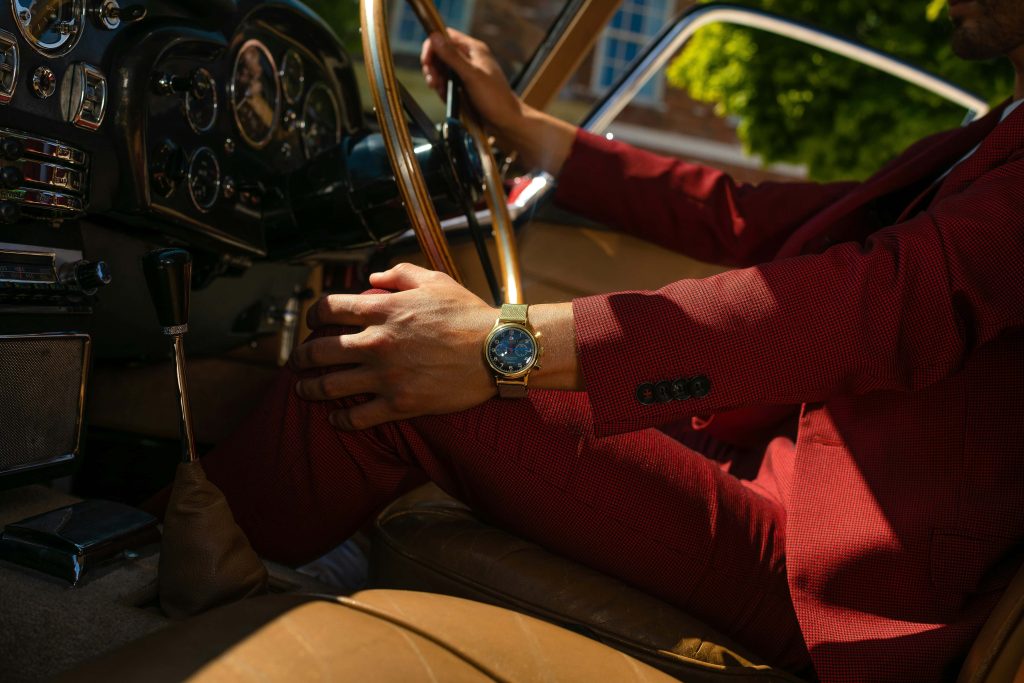
Design Principles for Timeless Complication Integration
Legibility and Clarity
Prioritizing Readability
Regardless of complexity, a well-designed watch must remain legible. Clear indices, contrasting hands, and clean typography ensure that complications can be used intuitively. This focus on clarity is essential for long-term usability.
Avoiding Visual Clutter
Excessive indicators or crowded dials can undermine the elegance of a timepiece. Leading watchmakers prioritize minimalism and balance, ensuring that every element has a purpose and space to breathe.
Balance and Proportion
Harmonious Sub-Dial Placement
Complications should be symmetrically and logically placed. Poorly positioned sub-dials can throw off the watch’s visual harmony. Balanced layouts—whether symmetrical or intentionally asymmetrical—ensure aesthetic appeal.
Aesthetic Equilibrium
The size, shape, and spacing of all dial elements must be thoughtfully considered. Watch designers use subtle cues—like hand length, dial textures, and case dimensions—to maintain balance even with multiple complications.
Understated Elegance
Enhancing Rather Than Dominating
Complications should enrich a watch’s identity, not overwhelm it. Subtle integration allows the watch to remain versatile, suitable for both everyday wear and formal occasions.
Refined Finishing
Finishing techniques such as anglage (beveling), Côtes de Genève (Geneva stripes), and perlage (circular graining) not only enhance durability but also contribute to a watch’s visual appeal and prestige. These finishes are hallmarks of luxury watchmaking.
Integration with Overall Watch Design
Cohesive Design Language
From case shape to hand style, every component must align with the watch’s overall aesthetic. Complications should support, not disrupt, the visual theme—whether it’s modern, vintage, sporty, or dressy.
Dial, Hands, and Case Harmony
Effective complication integration considers how all design elements interact. A moonphase, for example, must fit comfortably on the dial and match the watch’s scale, while the case must provide enough space for complexity without becoming bulky.
The Future of Complications in the Pursuit of Timeless Design
Evolving Complication Technologies
Contemporary horology continues to innovate. While the principles remain traditional, materials like silicon (used in escapements for anti-magnetic properties) and hybrid smart-mechanical systems are entering high-end watchmaking. However, these must still adhere to mechanical excellence and aesthetic restraint to achieve timelessness.
Innovation Within Timeless Frameworks
New complications—like mechanical memory or multi-axis tourbillons—can still be timeless if executed with balance and subtlety. Brands like Audemars Piguet, MB&F, and Voutilainen demonstrate that avant-garde designs can respect classical foundations.
Tradition and Innovation: A Delicate Balance
The best modern watches combine historical reverence with forward-thinking ideas. When innovation enhances traditional craftsmanship rather than replacing it, the result is a watch that appeals today and remains relevant tomorrow.

Conclusion
In 2025, the mastery of timeless watch design through complications lies in the seamless union of mechanical brilliance, aesthetic harmony, and enduring practicality. Complications are not mere technical novelties—they are expressions of craftsmanship, history, and human ingenuity. From the poetic beauty of moon phases to the complexity of perpetual calendars, each serves a purpose that transcends fleeting trends. As innovation continues to reshape horology, it is the respect for traditional principles—clarity, proportion, and refinement—that ensures these mechanical marvels remain cherished across generations. True timelessness is achieved when function, art, and heritage exist in perfect balance.
Key Takeaways
- Timeless watch design prioritizes enduring elegance over fleeting trends, achieved through balanced aesthetics, legibility, and traditional craftsmanship.
- Watch complications are mechanical functions beyond basic timekeeping, such as chronographs, moon phases, calendars, and tourbillons, showcasing the technical mastery of watchmakers.
- Complications blend utility with horological artistry, serving practical needs while enhancing the visual and emotional value of a watch.
- Mechanical complications remain relevant and valuable, resisting digital obsolescence and preserving their heritage through centuries of watchmaking tradition.
- Design harmony is essential when integrating complications, with careful attention to legibility, sub-dial placement, visual clarity, and proportion.
- Finishing techniques and understated elegance elevate complications, ensuring they complement rather than dominate the overall design.
- Modern innovation continues within traditional frameworks, as advanced materials and mechanisms emerge while honoring the principles of classical horology.
- The future of complications lies in balance, where tradition and innovation coexist, ensuring mechanical watches remain both timeless and relevant in the years to come.
FAQs
Why are watch complications considered essential in timeless watch design?
Watch complications are vital because they blend functional innovation with horological artistry. Beyond displaying time, they showcase mechanical mastery through features like chronographs, moon phases, and calendars. These elements add enduring value, enhance utility, and contribute to a watch’s classic appeal across changing style trends.
How do watchmakers balance complexity and readability in sophisticated timepieces?
Master watchmakers use thoughtful design principles—like clean typography, symmetrical sub-dial placement, and refined proportions—to ensure legibility. Despite multiple complications, the goal is to maintain clarity and visual harmony, allowing users to interact intuitively with features without overwhelming the watch’s elegance or practical usability.
Can modern innovations coexist with the tradition of mechanical complications?
Yes, when thoughtfully executed. Innovations like silicon parts or hybrid mechanisms enhance performance while honoring craftsmanship. Brands maintain timeless appeal by integrating new technologies within traditional frameworks, ensuring that modern advancements elevate rather than compromise a watch’s historical essence and lasting aesthetic.
From actors and athletes to leaders and visionaries, explore how classic watches defined the personal style of historic and modern icons, and see how these horological choices echo the aesthetic values of Pierre Gaston watches.


